Or
Why every inorganic chemist should have a Michaels Reward card
I’ve been having a 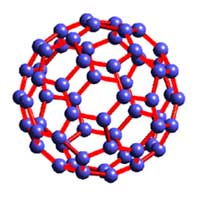 this academic year! Owing to my inorganic colleague’s sabbatical, I have been able to teach Inorg I and II back to back. Owing to less favorable circumstances (why, oh why, didn’t Gen Xers make more babies?), I’m teaching these courses to a very small cohort of 6 students. This has allowed me to really get my creative juices flowing and I’m teaching much more like a seminar than a lecture.
this academic year! Owing to my inorganic colleague’s sabbatical, I have been able to teach Inorg I and II back to back. Owing to less favorable circumstances (why, oh why, didn’t Gen Xers make more babies?), I’m teaching these courses to a very small cohort of 6 students. This has allowed me to really get my creative juices flowing and I’m teaching much more like a seminar than a lecture.
Maybe because students are more willing to ask questions in the smaller setting, or because a lot of the time I’m sitting at the table with them, but for whatever reason, I find myself using a lot of objects in my teaching this year to try and answer their questions and to show them rather than to tell them.
I’m probably sharing things you already know, but it really had never occurred to me until this year, my 19th year of teaching inorganic, to just go to Michaels and buy a mirror. But for mirror planes and enantiomers, this has been a go-to addition to my toolbox. Michaels also sells small mirrors so that I can give each student their own personal mirror during workgroups.
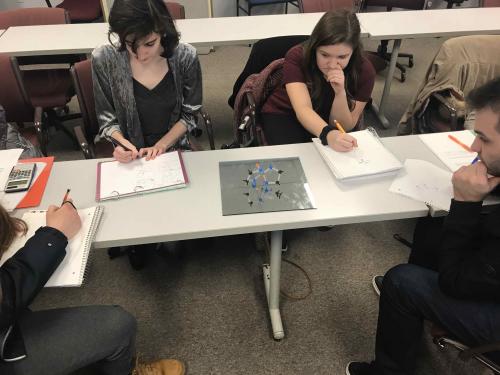
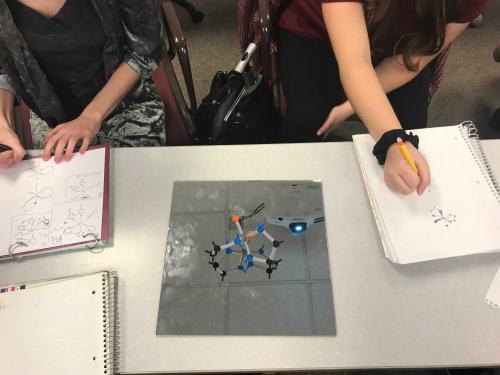
What else? A lot of pipe-cleaners…these have a new name now…ummm… chenille stems, that’s it! Fancy!
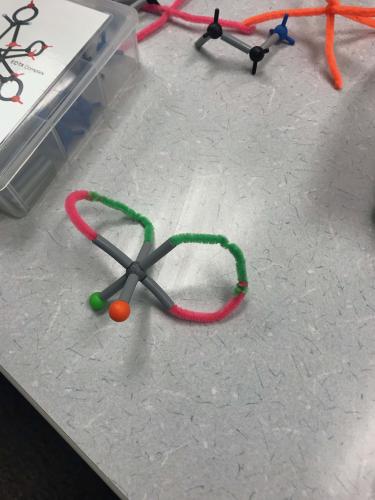
Paper punches and construction paper (coordination number and sterics, ligand substitution).
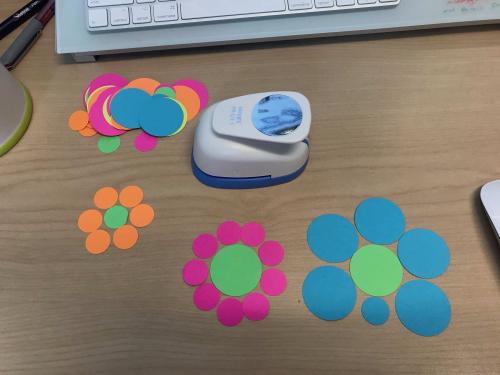
One of my favorite finds is a children’s STEM toy called Magformers. The nice thing about these is that they “stick” to chalkboards and whiteboards, so that you can easily demonstrate symmetry operations .
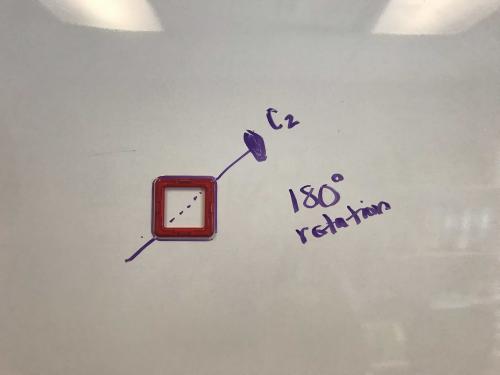
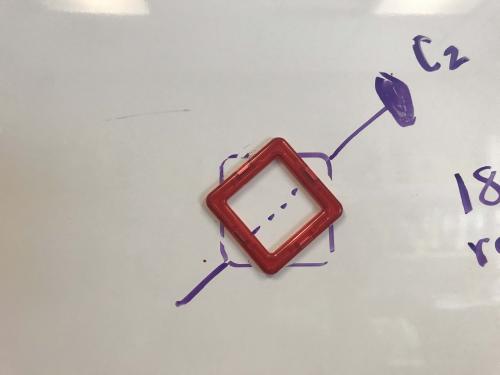
Finally, there are lots of tools for “gaming” your class:
D-orbital games has a card set called Slap Count (think W-A-R) with transition metals.
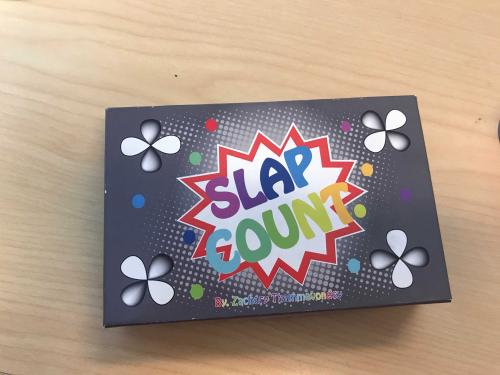
I purchased a little set of battery powered buzzers to use with athletic periodic trends and with web apps like Kahoot!.

Of course, I still use my trusty model kits and we just got a 3D printer on campus, so I’m looking forward to coming up with some uses for that.
My point is though that you can do a lot with a little. Also, when I die and someone has to clean out my office, please don’t let them say that I just sat around playing with children’s toys - even if that was sometimes true.
So let’s see some comments on this blog post! What are your go-to toys…er…tools?
Very nice. I'll keep this in mind.
If you have a 3D printer on campus you can make some great models. This JChem Ed article even has many .stl files in the supplementary materials. The ferrocene ones in particular are very helpful when discussing symmetry and point groups.
https://pubs.acs.org/doi/10.1021/ed400887t
Oh I had never thought about using the magformers! I need to raid my kids toybox more. :)